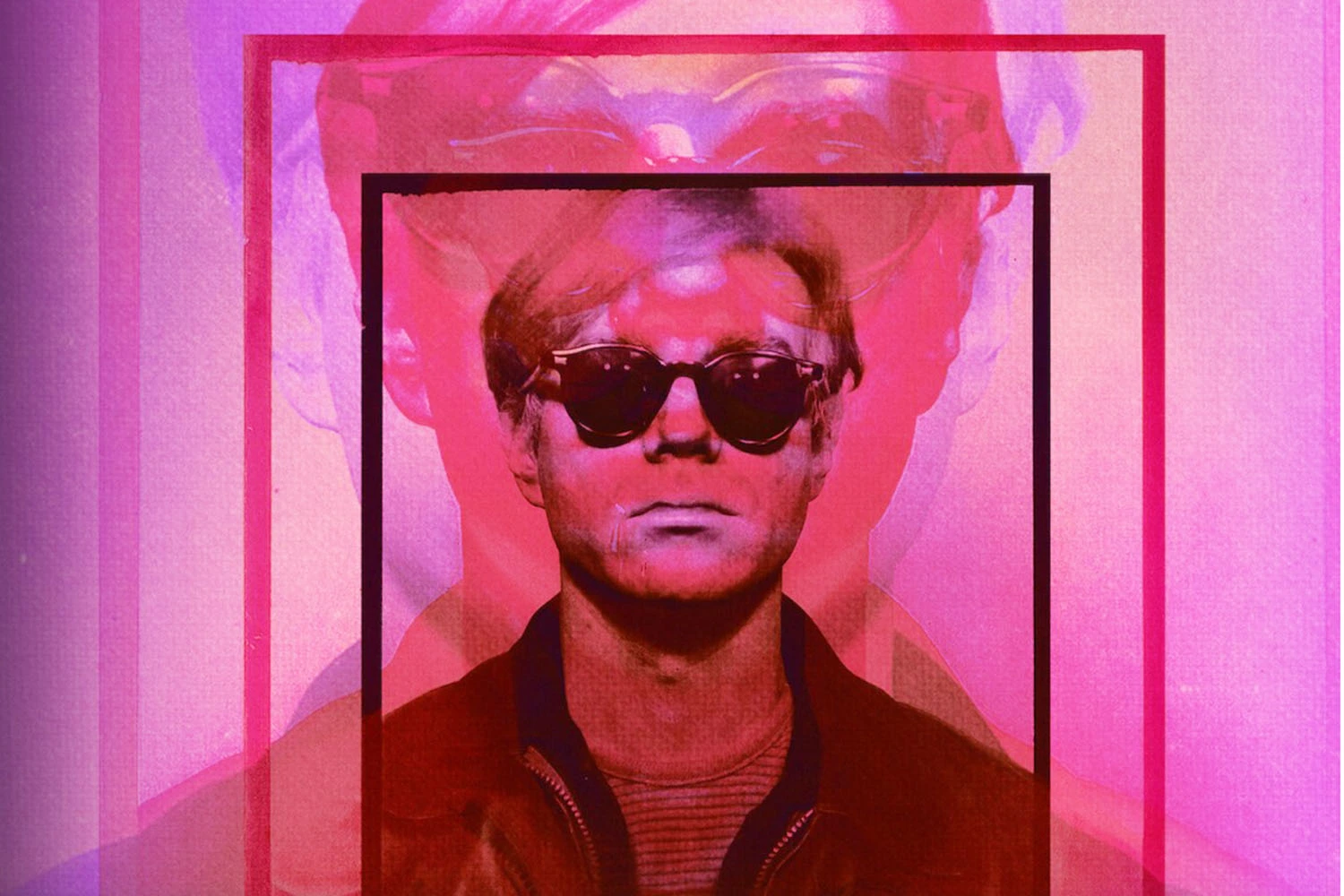

The six-part Netflix docu-series The Andy Warhol Diaries, produced by Ryan Murphy and directed by Andrew Rossi, takes a strange tack by focusing on the Pop artist’s love life in the period after he was shot by Valerie Solanas in 1968. The near-death experience altered the course of Andy’s life—not only artistically, but socially. His art and activities became much more commercial: portraits of the rich and famous, Interview Magazine, and later a foray into television.
Through the use of a computer-generated voice, Warhol narrates from the diaries (which were edited by long-time associate Pat Hackett) about three personal relationships: Jed Johnson, Paramount executive Jon Gould, and Jean-Michel Basquiat. Johnson was a handsome homebody, while Gould was a wealthy closeted jock and careerist.
This partially explains why the first three episodes make a viewer question the show’s thesis of attempting to personalize the aloof artist, a position strongly articulated throughout the series by Warhol Museum curator, Jessica Beck. For one thing, Warhol’s relationships with the two men are not so intriguing. His long-time one with Johnson grew boring over time, while the next with Gould turned out to be frustrating and largely unrequited. In the larger context of Warhol’s immensely influential artistic career, does anyone really care?
His personal relationship with Basquiat, however, revitalized Warhol, bringing him back downtown and into a lively art scene and artistic collaboration. The focus on art also reinvigorates the later episodes. Warhol’s relationship with the young art star brings up complicated issues of race and exploitation, allowing the late Greg Tate and Glenn Ligon to provide critical commentary. With his bemused observations, Ligon often steals the show whenever he appears onscreen, such as when he wonders what Basquiat’s family might have thought of Warhol when they met him.
The fallout between Warhol and Basquiat was perhaps inevitable, but it actually resulted from a mean-spirited review of their collaborative efforts by a New York Times critic, Vivien Raynor, who dubbed the Black artist an “art world mascot.” Yet if romance was the original impetus for the series, it eventually gets upended by an early Warhol theme—death and disaster—turning the final episodes into a truly sad story.